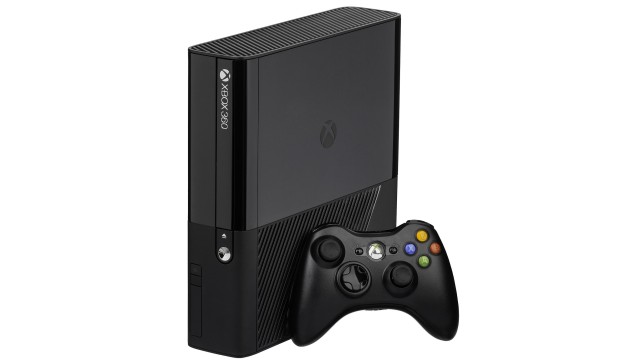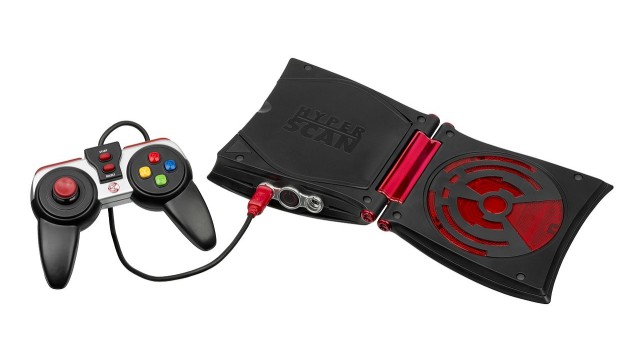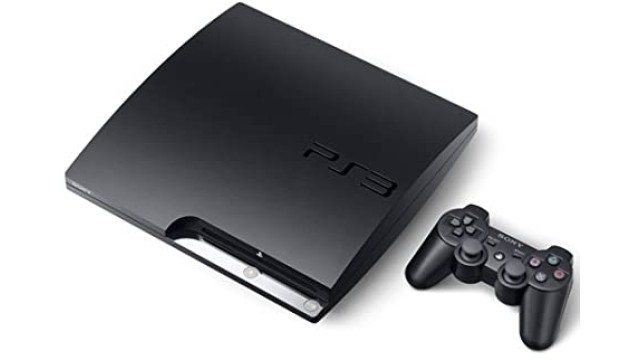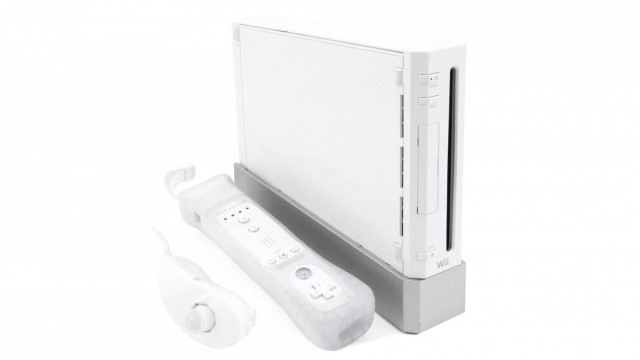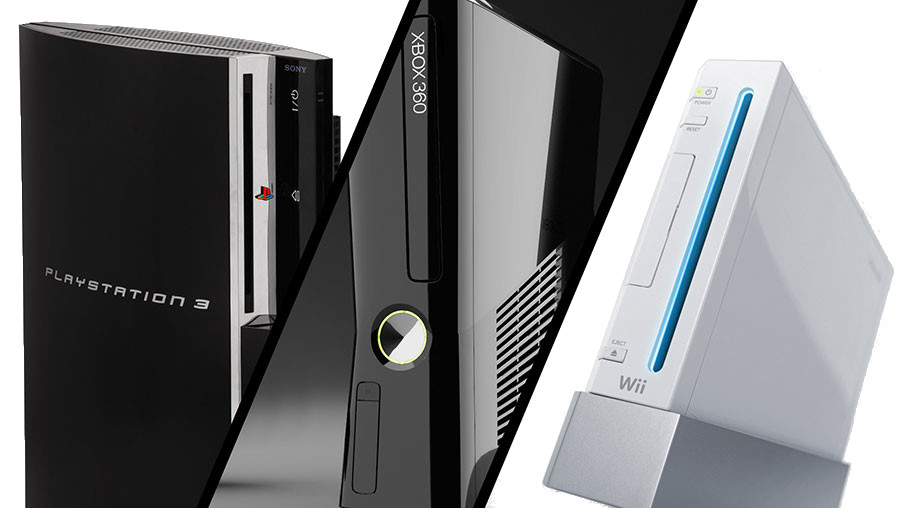
The 7th generation consoles
In the history of video games, the seventh generation includes consoles that were released since the end of 2005 by Nintendo, Microsoft, and Sony Computer Entertainment. For desktop consoles, the seventh generation began on November 22, 2005 with the release of the Xbox 360 and continued with the release of the PlayStation 3 on November 17, 2006 and the Wii on November 19, 2006. Each new console introduced a new type of advanced technology. The Xbox 360 offered native game rendering at HD high definition resolutions, the PlayStation 3 in addition to offering HD gaming like the Xbox 360, offered HD movie playback via a 3D Blu-ray Disc player; the Wii focused on integrating motion-sensing controls, as well as joysticks.
Since Nintendo entered the motion control market, Sony Computer Entertainment released the PlayStation Move in September 2010. The PlayStation Move offers motion-sensor gaming, similar to the Wii. Microsoft joined the scene in November 2010 with its Kinect (previously announced as “Project Natal” in June 2009). Unlike the other two systems (PlayStation 3 and Wii), Kinect uses no controls of any kind and makes the user the “controller”. Having sold 8 million units in its first 60 days on the market, Kinect was crowned the Guinness World Record holder for “fastest selling consumer electronic device”. While the Xbox 360 offered wired controls as a standalone product, the PlayStation 3 controls can be used in both wired and wireless configurations. Starting with handheld consoles, the seventh generation began on November 21, 2004 with the introduction of the Nintendo DS in North America as a “third pillar,” on par with Nintendo's existing Game Boy Advance and GameCube systems.
The Nintendo DS (NDS) offers a touch screen and built-in microphone and supports IIIE (Wi-Fi) wireless standards.5 Additionally, the enhanced version of the NDS, the DSi, offers two built-in cameras, the ability to download games from the DSi store and a web browser. The PlayStation Portable, or PSP, released later that same year on December 12, 2004, followed a different path. It became the first portable console to use an optical disc format, Universal Media Disc (UMD), as its primary storage medium. Sony also provided the PSP with robust multimedia capability, connectivity with the PlayStation 3, PlayStation 2 (in some games) and other PSP's, as well as Internet connectivity. The Nintendo DS also has Internet connectivity through Nintendo Wi-Fi Connection and the Nintendo DS Browser, as well as wireless connectivity to other DS systems and Wii consoles. Despite high sales of the two systems, sales of the PlayStation Portable consistently lagged and lagged far behind Nintendo DS sales; however, the PSP has the distinction of being the best-selling non-Nintendo handheld video game system.
7th generation consoles list
This is a list of the most important 7th generation consoles and your characteristics.
